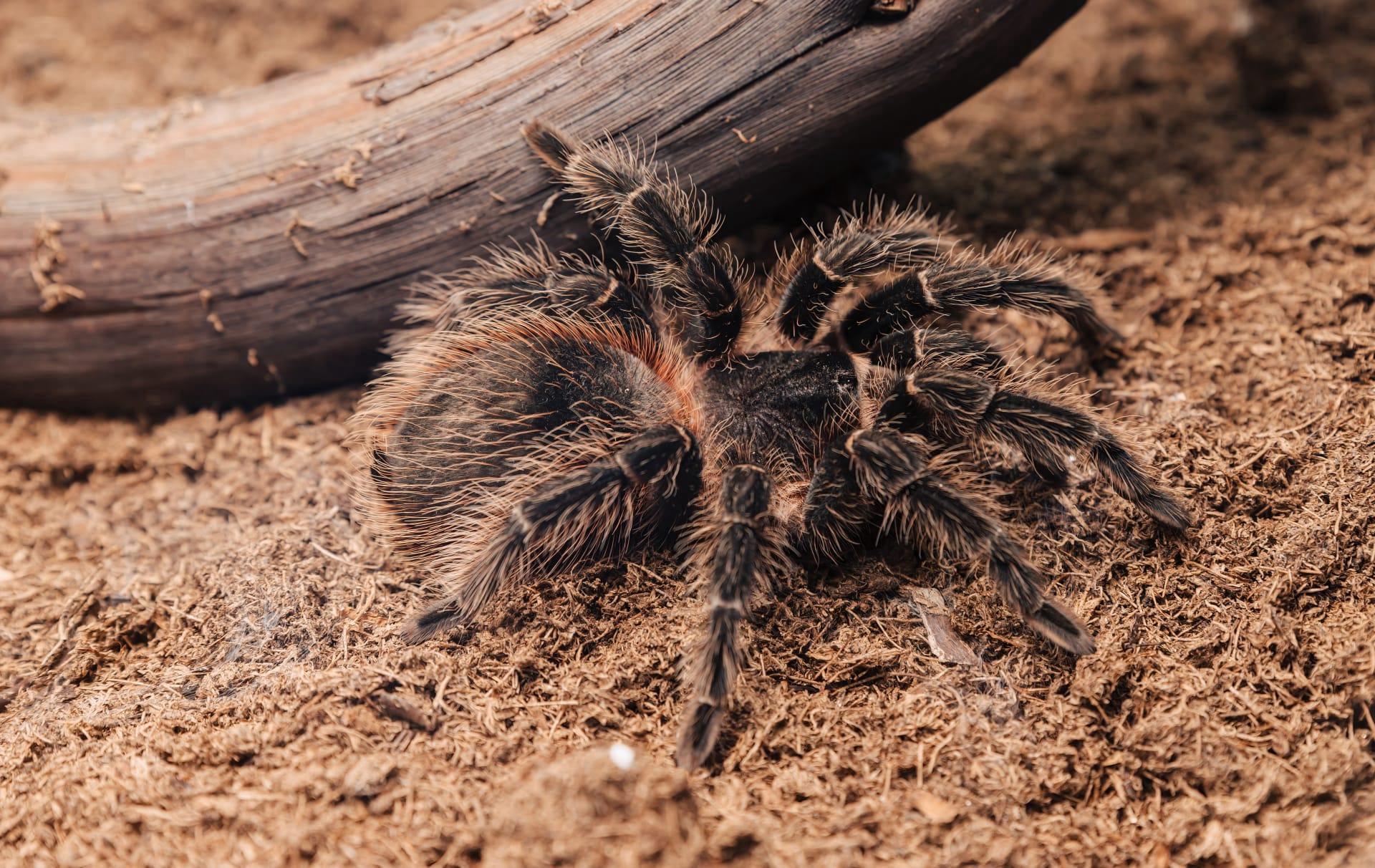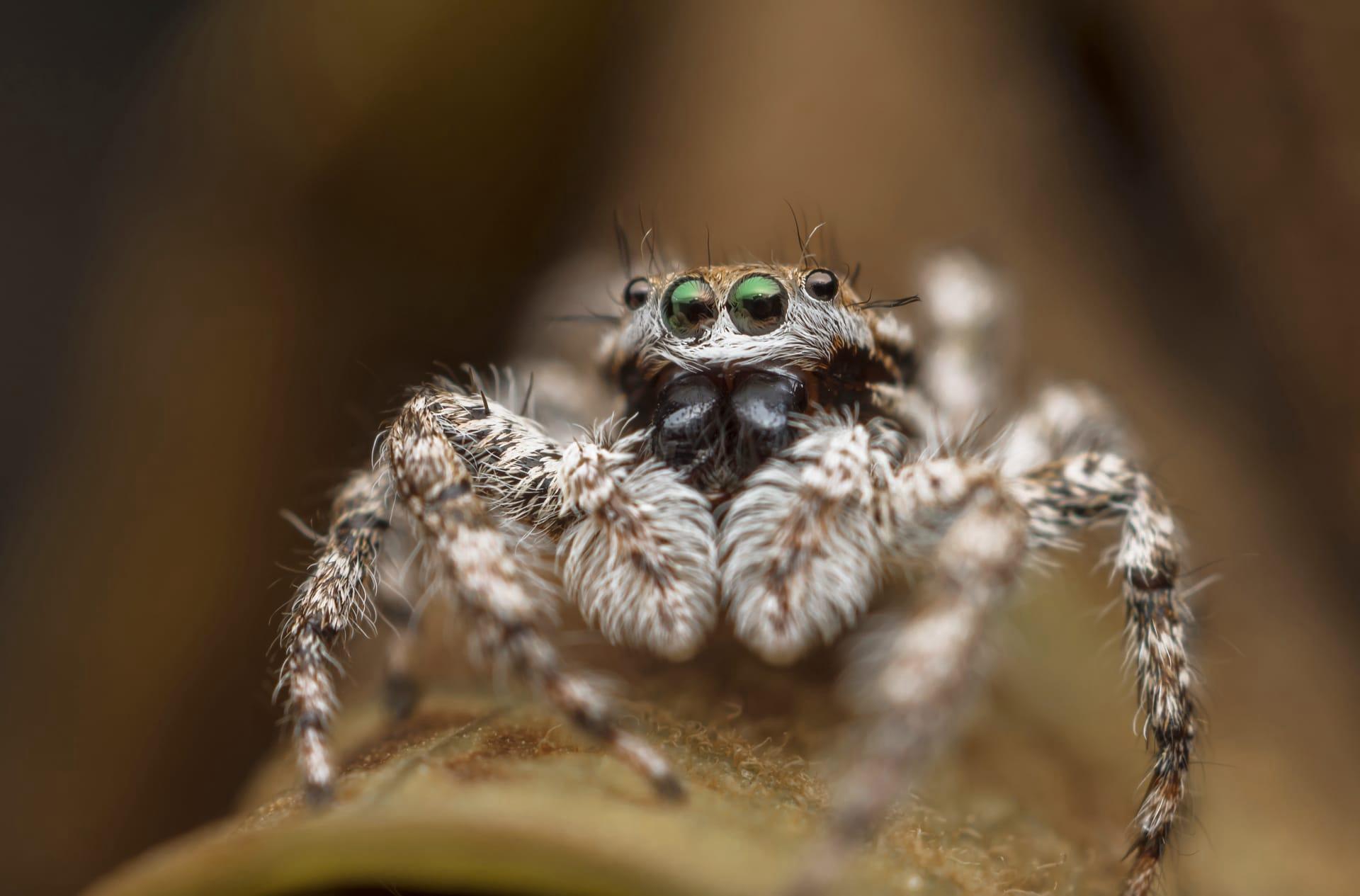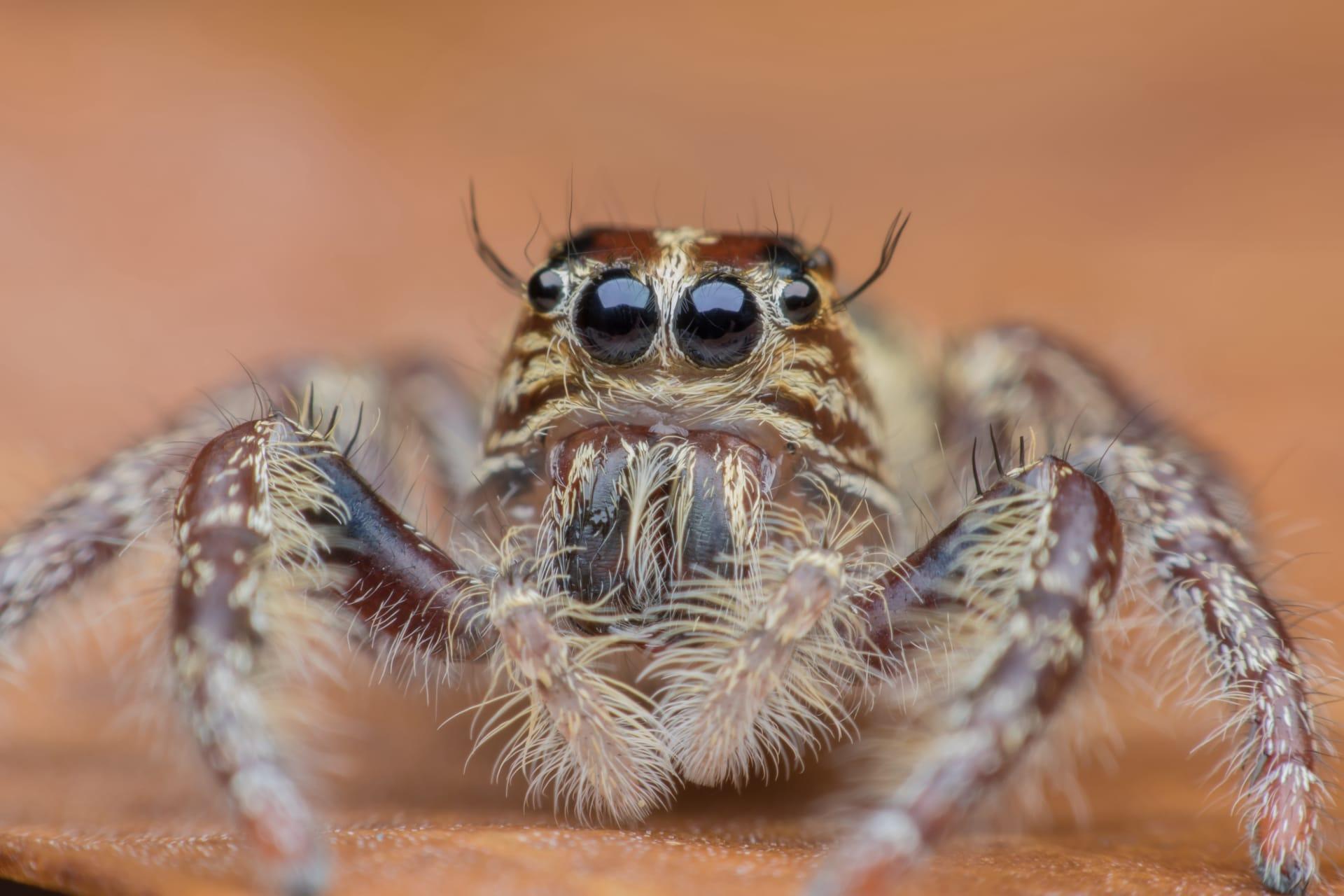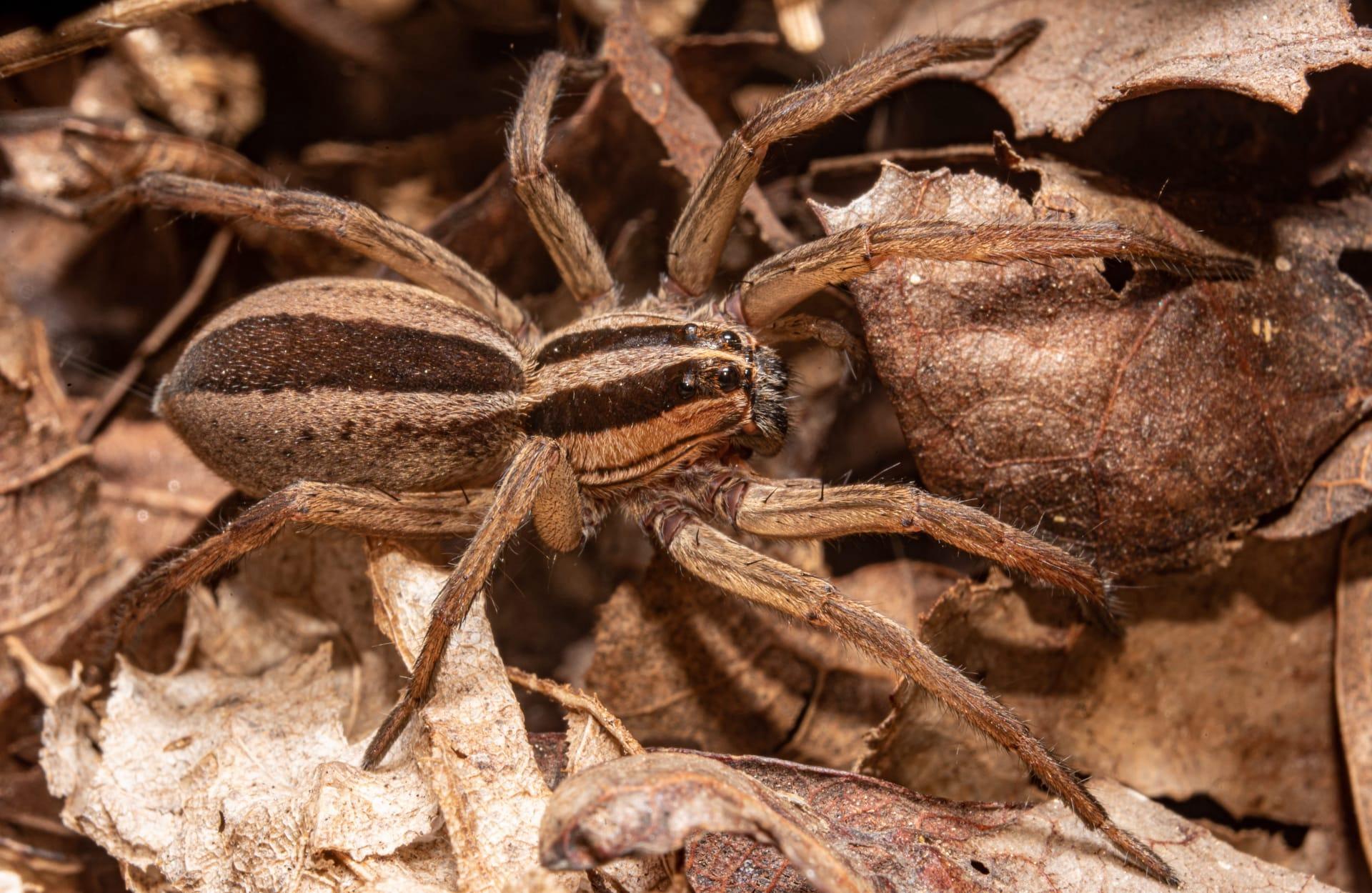Wolf Spiders Characteristics
- Home /
- Mini Encyclopedia /
- Animal /
- Wolf Spiders Characteristics
1
Wolf spiders, fascinating creatures of the arachnid family, boast a diverse range of sizes. Typically, they measure from 0.4 to 1.38 inches (1 to 3.5 cm) in length, though some species can reach up to 2 inches (5 cm). Their lifespan varies based on environmental conditions and species, with most living for about one to two years. These spiders are robust and agile hunters, characterized by their hairy bodies and a pattern that provides excellent camouflage.
One of the most remarkable organs of the wolf spider is its eyes. They have eight eyes arranged in three rows: two large eyes in the middle, two medium-sized ones above, and four small eyes below. This configuration gives them excellent night vision and the ability to detect movement from a distance. The large central eyes are particularly adept at sensing motion, enabling these spiders to efficiently hunt and navigate in the dark. Their eyes reflect light well, often appearing to glow in the night, making them easier to spot.

2
Question: Are wolf spiders dangerous to humans?
Answer: The common concern about wolf spiders revolves around their potential danger to humans. Fortunately, wolf spiders are not aggressive towards humans and will only bite if threatened or provoked. Their venom is not harmful to humans, usually resulting in nothing more than mild itching or irritation. However, anyone experiencing severe reactions should seek medical attention. It's important to remember that these spiders play a beneficial role in controlling pests, and they prefer to avoid human contact.

3
Wolf spiders are known for their remarkable speed and agility. They do not build webs to catch prey; instead, they hunt and ambush their targets, which include insects and other small arthropods. Their ability to move quickly and jump significant distances relative to their size is a key attribute in their hunting strategy.
When it comes to feeding, wolf spiders exhibit unique characteristics. They are nocturnal hunters, relying on their excellent night vision to locate prey. Once a target is spotted, they pounce with precision and speed. After capturing their prey, they use their strong jaws and venom to immobilize and digest it externally before consuming.

4
The habitat of wolf spiders is remarkably diverse, ranging from grasslands, gardens, and woods to wet coastal areas and even deserts. Their adaptability to various environments is a testament to their resilience. They often dwell in burrows or under rocks and debris, which they use for protection and as a strategic point for ambushing prey.
Reproduction in wolf spiders is fascinating. After a ritualistic courtship dance, the female lays eggs and wraps them in a silk sac. Uniquely, she carries this egg sac attached to her spinnerets. Once the spiderlings hatch, they climb onto their mother's back and remain there until they are ready to fend for themselves. This maternal care, unusual among spiders, ensures a higher survival rate for the young.

5
Book: "The World of the Wolf Spider" by Dr. Laura Higgins (United States, 2018) provides a comprehensive overview of wolf spiders. This book delves into their behavior, habitats, and the role they play in ecosystems. Dr. Higgins, an arachnologist, combines scientific research with stunning photography, making it an engaging read for both enthusiasts and professionals.
Book: "Night Hunters: The Secret Life of Wolf Spiders" by Simon Carter (Australia, 2020) offers an intriguing look into the nocturnal activities of wolf spiders. Carter, a wildlife photographer, captures the essence of these spiders through vivid images and narratives. The book focuses on their hunting tactics, mating rituals, and survival strategies, providing insights into their often misunderstood world.